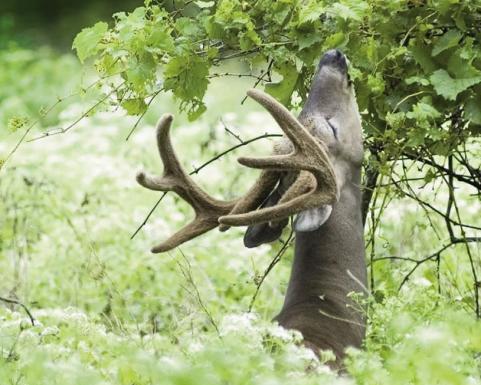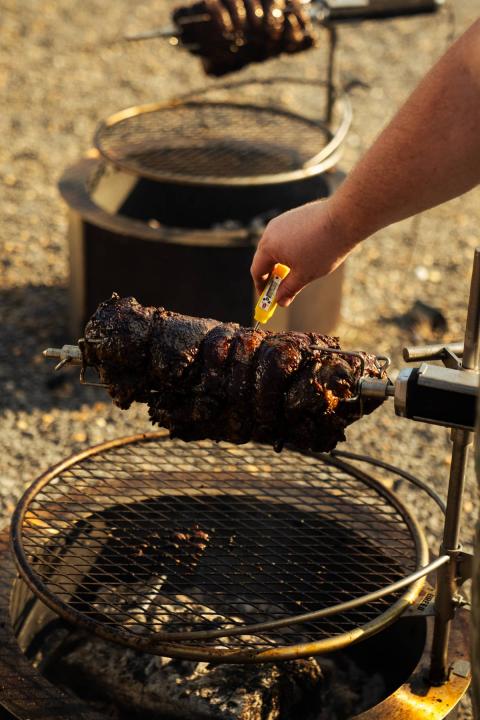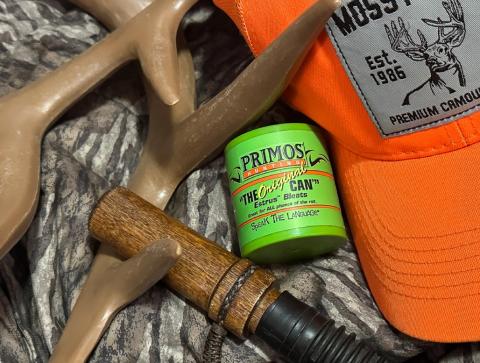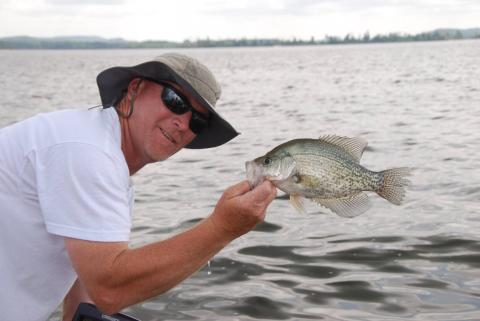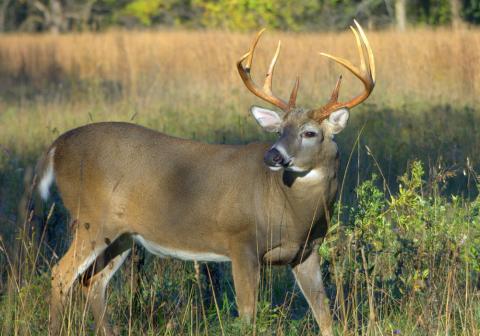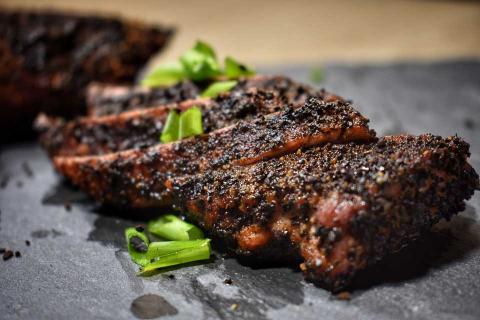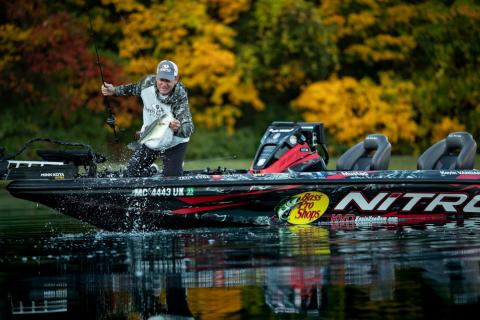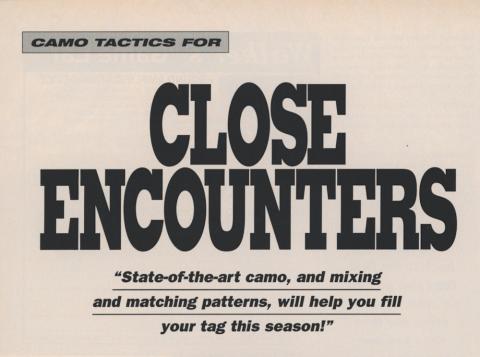Greg Kazmierski
As hunting season winds down, it’s the perfect time to take a step back and assess how your whitetail property performed. Reflecting on deer movement, evaluating the impact of your habitat improvements, and identifying areas for growth will help you make informed decisions to optimize your property for the next season. A post-season assessment not only provides valuable insights into your land management efforts but also sets you up for success when the 2025 hunting season rolls around.

Existing Habitat Improvements
A great starting point for your post-season review is evaluating your existing habitat improvements. Whether it’s food plots, bedding areas, or timber management, understanding how these changes influenced deer movement is key to fine-tuning your strategies. Take the time to observe how deer interacted with these areas throughout the season—did certain food plot corners attract more deer during specific times? Did deer frequent your newly established bedding areas or use them in ways you didn’t expect?
By reviewing the success of your improvements, you can identify what worked well and where there’s room for improvement. Perhaps some changes need to be expanded, or others need adjustment based on the flow of deer traffic. Understanding how your efforts impacted deer movement allows you to refine your approach and optimize your property for future seasons.
Access Routes and Stand Locations
As you evaluate your existing access routes, consider how deer responded to the areas you've improved. Providing deer with high-quality food sources, nearby bedding areas, and an easy flow of travel in between can help you predict their movements as you access your property. To reduce your impact, utilize terrain features such as ridges or creek beds or a visual screen cover like fallen trees or a planted screen.
The most effective stand locations I’ve found always align with the best access routes. By combining the two, you position yourself on the edge of the core deer habitat, where you can take advantage of natural deer movement without disrupting it. The key is to think about why and when a deer might be crossing your path—timing and location are everything.
For example, if you’re assessing an existing stand overlooking a scrape located downwind of a doe bedding area, you need to consider the specific time of year and deer behavior. As we approach the rut, bucks will likely visit scrapes while searching for a hot doe, so your primary access goal should be to avoid disturbing the doe family groups in the bedding area. Your stand placement should be positioned in a secure location downwind of the anticipated buck path to the scrape.
When you pair your stand locations with strategically planned access routes, you create a system that minimizes your impact while maximizing your opportunities. This integrated approach ensures that you stay in the game without tipping off the deer or altering their movement patterns.
Areas of Improvement

No property is perfect, and even the best-managed property can benefit from further refinement. Taking the time to pinpoint these areas can help you create a more effective hunting environment for the upcoming season.
As you reflect on the past season, make note of areas that need improvement. Maybe your food plots didn’t yield as much as expected, or deer weren’t utilizing certain bedding areas as frequently. These insights provide an opportunity to make changes that will have a bigger impact moving forward. For instance, if you noticed deer using specific travel corridors more than others, you could enhance these areas by adding cover or establishing more food sources nearby to keep deer in those zones longer.
If certain areas of your property experienced heavy hunting pressure, consider making adjustments to reduce the impact. Perhaps increasing cover in more exposed areas or adding additional water sources will provide deer with more options and encourage them to stay in your area longer. Identifying areas of improvement, whether in habitat quality, access, or stand placement, will help you create a more productive and balanced environment for both deer and hunters.
Develop a Gameplan for 2025
With your post-season assessment complete, it’s time to start strategizing for 2025. By now, you should have a clear understanding of what worked and what didn’t on your property. Take note of areas that showed strong deer movement or hunting success, and think about how you can replicate or enhance those results. For example, if a particular food plot became a hotspot during late season, expanding that plot or adding similar ones in strategic locations could further concentrate deer activity. If you noticed heavy buck traffic near a bedding area, consider improving access routes to that area while minimizing disturbance.
Now is also the time to set specific, measurable goals for the upcoming season. These could range from increasing mature buck sightings to enhancing food plot quality or refining deer management practices. Be realistic about what you can achieve and set a timeline to tackle each goal. Perhaps you want to implement a new bedding area by spring or expand your food plot network in time for fall. Structuring these objectives will help guide your land management efforts and ensure that you’re prioritizing the right improvements.


















